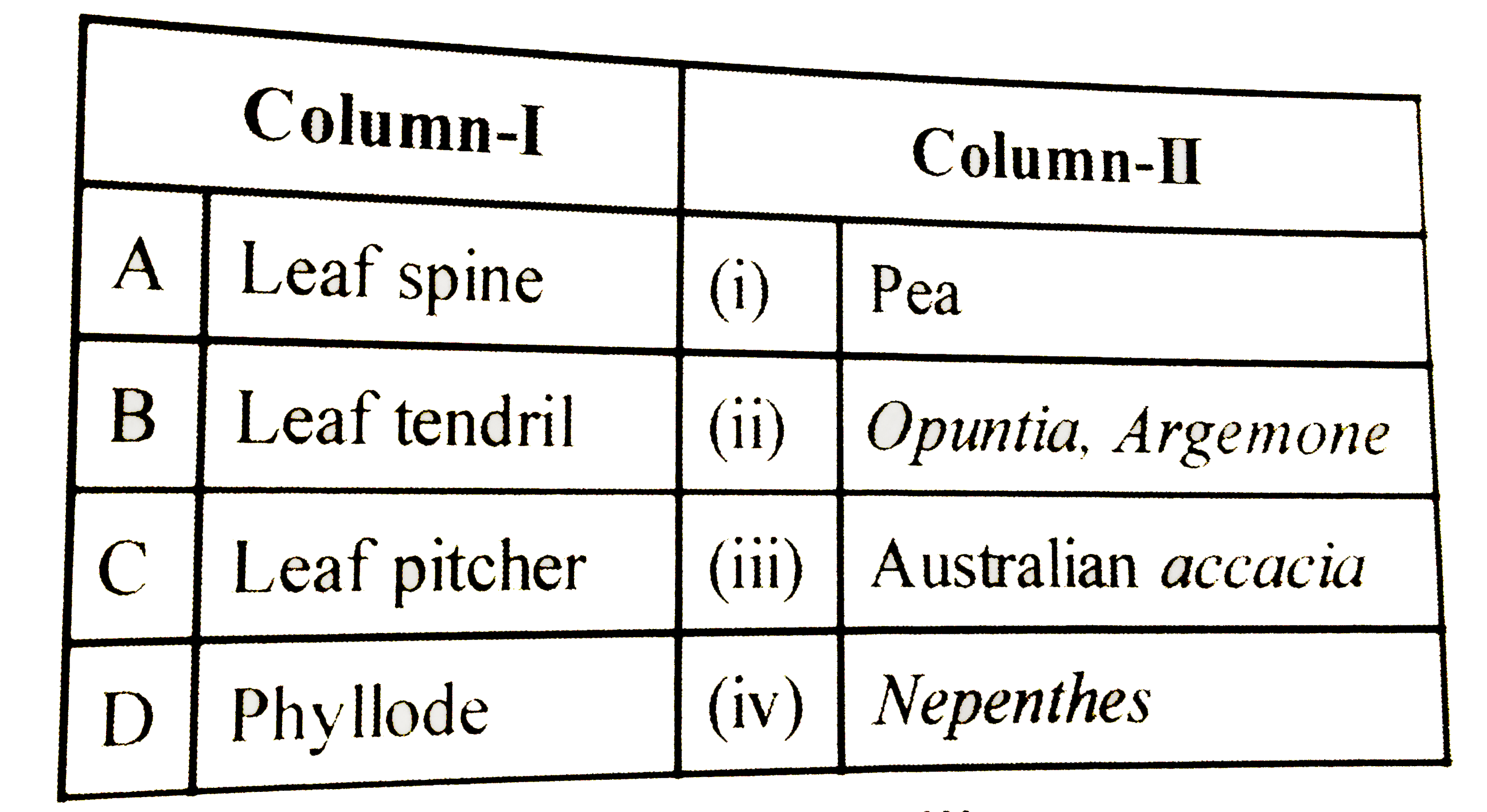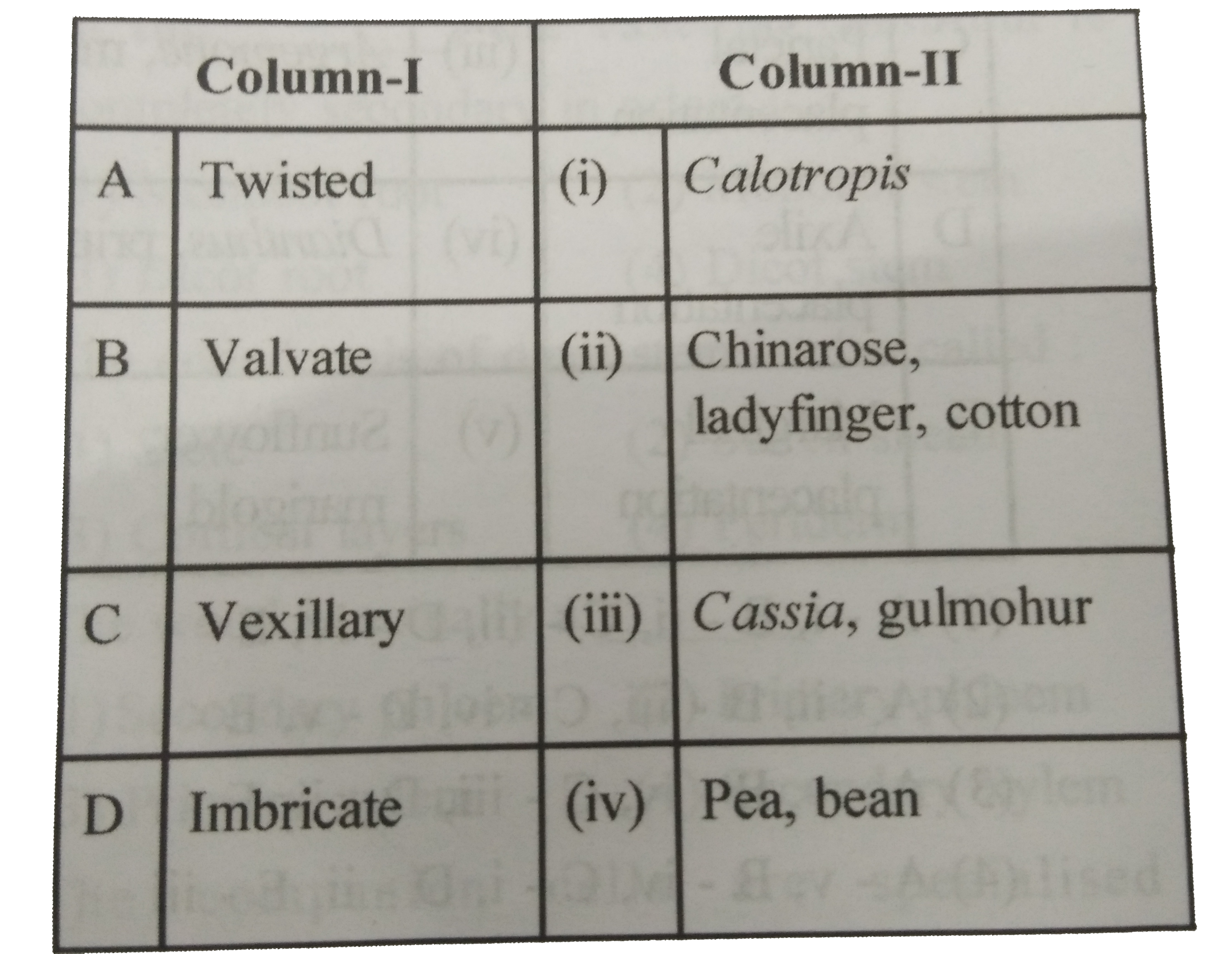Find the correct match, :
Euglenoids - Cellulosic cell wall
Chrysophytes -Mostly photosynthetic
Slime moulds - Autotrophic
Protozoans - Only parasites
To solve the question of finding the correct match among the given options, we will analyze each option step by step.
Step 1: Analyze Euglenoids
- Statement: Euglenoids have a cellulosic cell wall.
- Explanation: Euglenoids are a group of protists that have a protein-rich layer called a pellicle instead of a traditional cell wall made of cellulose. They are mixotrophic, meaning they can perform photosynthesis and also absorb nutrients from their environment.
- Conclusion: This statement is incorrect.
Step 2: Analyze Chrysophytes
- Statement: Chrysophytes are mostly photosynthetic.
- Explanation: Chrysophytes, which include diatoms and golden algae (desmids), are primarily photosynthetic organisms. They contain chlorophyll and can perform photosynthesis.
- Conclusion: This statement is correct.
Step 3: Analyze Slime Molds
- Statement: Slime molds are autotrophic.
- Explanation: Slime molds are saprophytic organisms that feed on decaying organic matter. They do not produce their own food through photosynthesis; instead, they absorb nutrients from their environment.
- Conclusion: This statement is incorrect.
Step 4: Analyze Protozoans
- Statement: Protozoans are only parasitic.
- Explanation: Protozoans are a diverse group of single-celled organisms that can be heterotrophic. They can be free-living, predatory, or parasitic. Therefore, stating that they are only parasitic is misleading.
- Conclusion: This statement is incorrect.
Final Conclusion
After analyzing all the options:
- The only correct match is for Chrysophytes, which are mostly photosynthetic.
Answer
The correct match is: Chrysophytes - mostly photosynthetic.
---
- Statement: Euglenoids have a cellulosic cell wall.
- Explanation: Euglenoids are a group of protists that have a protein-rich layer called a pellicle instead of a traditional cell wall made of cellulose. They are mixotrophic, meaning they can perform photosynthesis and also absorb nutrients from their environment.
- Conclusion: This statement is incorrect.
- Statement: Chrysophytes are mostly photosynthetic.
- Explanation: Chrysophytes, which include diatoms and golden algae (desmids), are primarily photosynthetic organisms. They contain chlorophyll and can perform photosynthesis.
- Conclusion: This statement is correct.
- Statement: Slime molds are autotrophic.
- Explanation: Slime molds are saprophytic organisms that feed on decaying organic matter. They do not produce their own food through photosynthesis; instead, they absorb nutrients from their environment.
- Conclusion: This statement is incorrect.
- Statement: Protozoans are only parasitic.
- Explanation: Protozoans are a diverse group of single-celled organisms that can be heterotrophic. They can be free-living, predatory, or parasitic. Therefore, stating that they are only parasitic is misleading.
- Conclusion: This statement is incorrect.
After analyzing all the options:
- The only correct match is for Chrysophytes, which are mostly photosynthetic.
The correct match is: Chrysophytes - mostly photosynthetic.
Topper's Solved these Questions
Similar Questions
Knowledge Check
Find out the correct match
AAmoeba proteus - Kala-azarBLeishmania donovuni-Sleeping sicknessCWucheraria bancrofti - FilariasisDCulex - MalariaFind out the correct match
AAIDS-Bacillus anthracisBSyphilis -Treponema pallidumCGonorrhoea-Leishmania donovaniiDUrethritis - Entamoeba gingivalis.Find out the correct matching
AThyroid- Hyperactivity in young children causes cretinismBParathyroid- Secretes parathormone which promotes movement of calcium ion from blood into bones during calcificationCThymus - Starts undergoing atrophy after pubertyDPancreas - Delta cells of islets of Langerhans secrete a hormone which stimulates glycolysis in liver.






